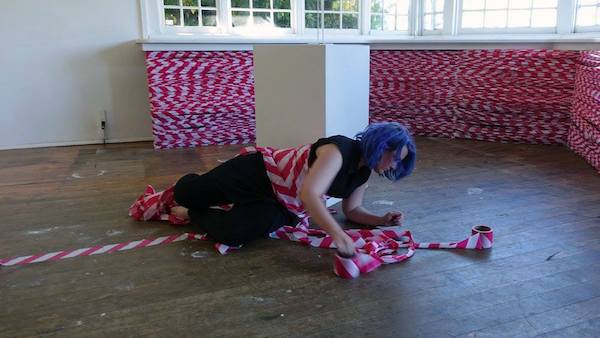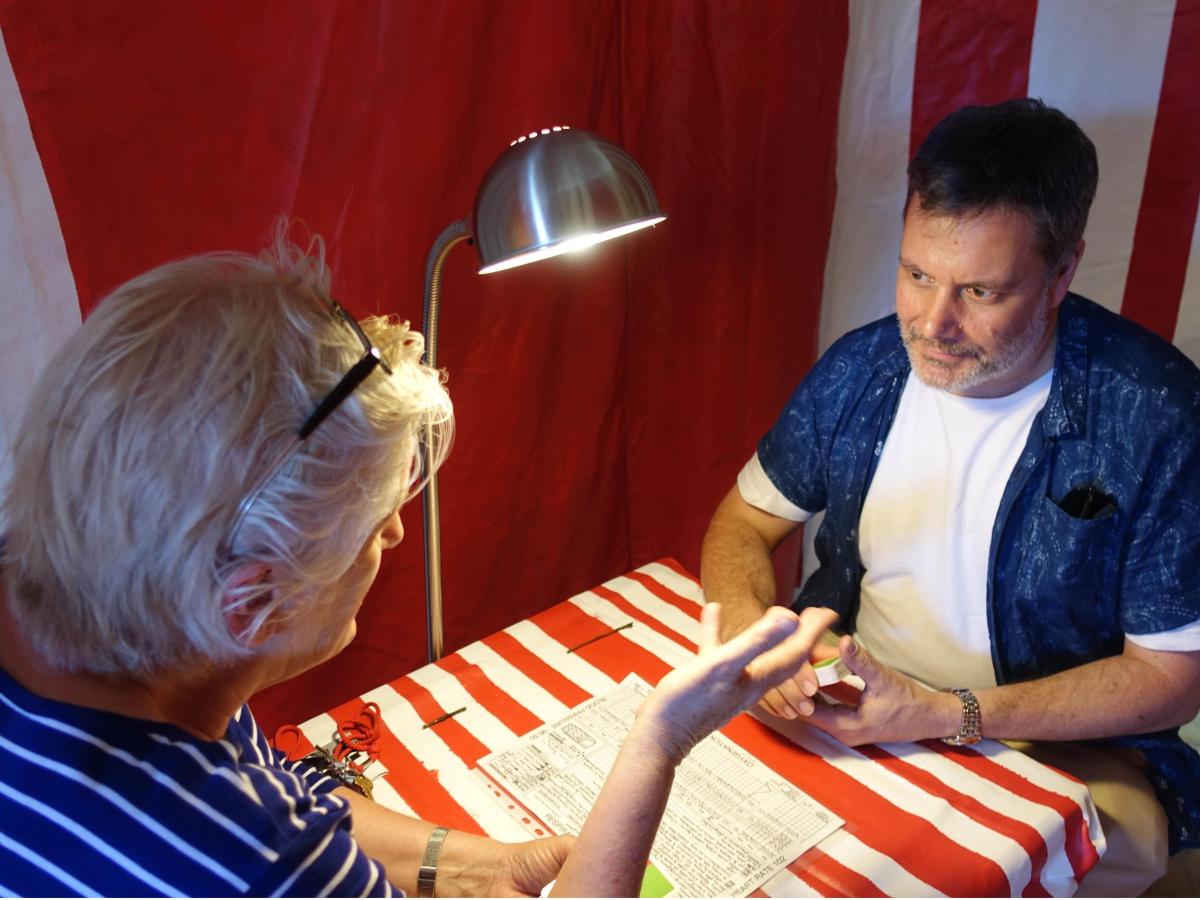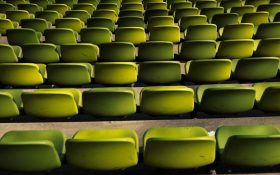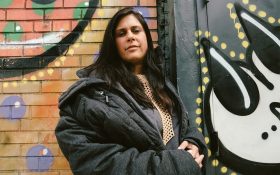The assumed narcissism of performance art is often characterised as exceptionally selfish, so it may seem like an incongruous notion to develop a performance art project on the subject of care, focusing on holding space for the other. However, under the nurturing guidance of artist-curator Danica Knezevic, the five performance artists exhibiting in Holding Space in The Kiosk Studio, Katoomba NSW, have developed deeply moving performative experiences that engage the transference of the self through empathy.
Danica Knezevic’s practice-led research focuses on her experiences as the primary carer of her disabled mother and elderly grandmother. As she explains “Holding Space is a term specific to care-giving and receiving … to literally hold space for another … to step in and be there for the person who needs care, while stepping in to allow space for the person caring to have respite.” [1]

Install Shot Danica Knezevic Just in case I will follow, 2018 photo credit Kath Fries
Knezevic’s video Holding on by the skin of my hands (2018) shows the artist clinging to a chin-up bar, visibly straining under the weight of her own body – waiting for a night bell to ring – summoning her to assist with another’s body, her grandmothers’. Screened in a dark claustrophobic space, there is an intense embodied resonance felt by the viewer of the strain, tension and release of care giving.
Caring for another’s body, in the depersonalised medical space of a hospital’s intensive care unit, frames Fiona Davies’ Racing Patience ICU (2018) (pictured top) participatory game of cards. As two people play to the ‘death’, they are metaphorically gambling with an ICU patient’s life, competing with the data outputs of heart rate, blood pressure, oxygenation and respiration rates.
Tom Isaacs offers an alternative perspective of caring, allowing oneself to be cared for. His performance work Dream Analysis (2018), invites audience members to sit next to his still body lying on a couch, medicated and asleep, present but not conscious. The audience member is entrusted as carer, positioned as carer and psychoanalyst, and therefore specifically responsible for him.
The construction and demolition of self is physically explored by Ebony Secombe’s performance clambering in and out of tensely strung safety tape in a densely cordoned space. Appearing from and disappearing into this ambiguously zone – both a ‘safe space’ and a space for caution – her movements metaphorically expresses her need for self care through experiences of anxiety and depression.
Yet, as Secombe says one must also push through “the tangled up mess of the lines I draw around myself to keep others at bay” [2] in order to connect with others and empathise. It becomes apparent that self-care is not selfish – to positively care for oneself one must also care for others – and to successfully care for others one must also care for oneself.

Install Shot – Ebony Secombe Unravel, rewind, repeat, 2018 photo credit Alex Gooding
Frank Davey’s performance Sympathetic Vibrations (2018) shifts performative and participatory bodily interactions into the realm of sound. He draws on practices of music therapy and healing through vibration, as the amplified rifts, resonances and feedback from of his electric guitar fill the space and those in it.
Another space is caringly held and filled by Tess Rapa, as she spins, crochets and yard bombs around the hundred-year-old oven in the centre of The Kiosk, the hearth and heart of a home. Her work is labour-intensive –there are no short cuts in these traditional homemaking skills, reflecting the care involved in the lifelong project of making a home and caring for family. We all care for the people in our lives; at least we try to, but sometimes we fall short, running out of time, energy and empathy.
Install Shot Tess Rapa The oven in the Kiosk, how long is a piece of string, 2018 photo credit Alex Gooding
Holding Space offers significantly personal perspectives from these artists from their own care experiences, which then go a step further through acts of empathetic transference by inviting the audience into these relationships and challenging our engagements by how we care in our own lives.
RATING: 5 out of 5
Holding Space
20 – 27 January 2018
The Kiosk Studio, Katoomba NSW, an initiative by Modern Art Projects Blue Mountains (MAP BM)
Artists: Danica Knezevic, Fiona Davies, Frank Davey,Tom Isaacs, Ebony Secombe, Tess Rapa.
Holding Space is the third iteration of The Kiosk 3×6 Project. The Kiosk Studio is supported by the Blue Mountains City Council and the NSW Government through Create NSW.
[1] Danica Knezevic, Holding Space: The Negotiation of Self Through the Responsibility for the Other, 2018, exhibition catalogue essay, quotes Heather Plett, What it means to “hold space” for people, plus eight tips on how to do it well,
https://heatherplett.com/wp-content/uploads/2015/03/holding-space-for-others.pdf
[2] Ebony Secombe, artist statement about We are cities – Barricades and breakthroughs, unravel, rewind, repeat (2018), from the exhibition catalogue Holding Space.






